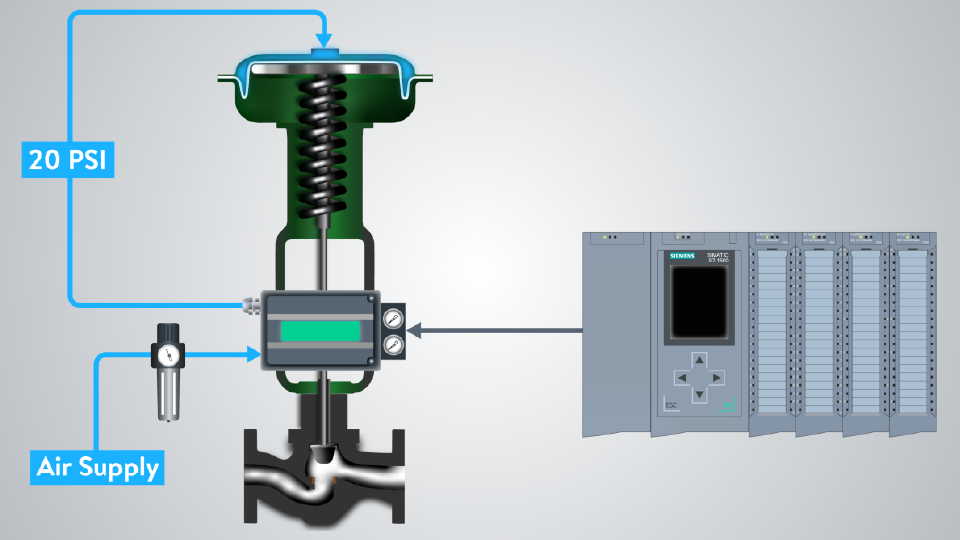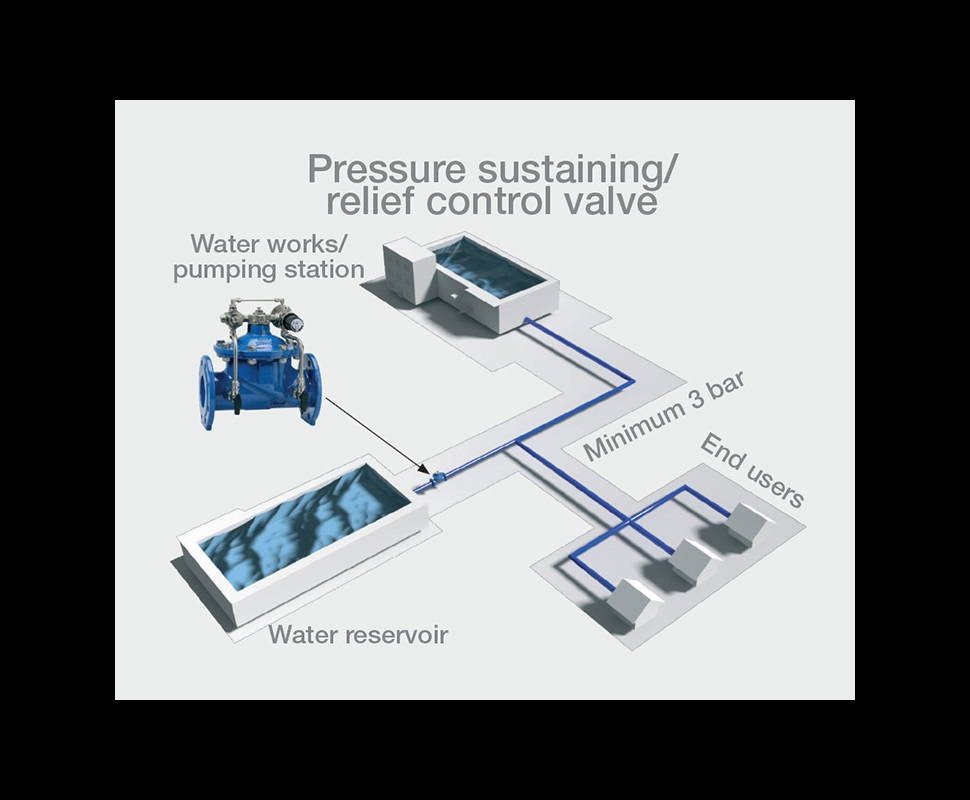Ingenious Control Valves: Enhancing Accuracy and Integrity
Ingenious Control Valves: Enhancing Accuracy and Integrity
Blog Article

Maximize Power Savings and Comfort With Advanced Structure Automation Controls
In the world of modern design and facility monitoring, the assimilation of advanced building automation controls stands as a critical development. The merging of modern technology and sustainability has actually birthed a new era where power efficiency, comfort optimization, and operational streamlining are no more far-off aspirations but possible truths. By taking advantage of the power of automation, buildings can adjust, respond, and advance in manner ins which were once inconceivable. The possibility for significant energy savings and boosted comfort is not simply an opportunity however a guarantee waiting to be met. This standard change in building administration holds the vital to unlocking a globe where ecological conscientiousness and passenger health harmoniously exist side-by-side within the wall surfaces of our structures.
Energy Performance Advantages
Power performance advantages can considerably lower power consumption and functional prices in structures. By applying energy-efficient practices and innovations, building owners and operators can attain substantial savings while likewise adding to ecological sustainability. Among the main benefits of improving energy performance in buildings is the reduction of energy bills. Energy-efficient systems, such as advanced structure automation controls, can optimize making use of resources like air conditioning, lights, and home heating, resulting in lower power expenditures with time.
Additionally, boosted power efficiency can lengthen the life expectancy of structure devices and systems. By running a lot more efficiently, heating and cooling systems, lighting fixture, and other structure components experience much less damage, leading to reduced upkeep and replacement costs. In addition, energy-efficient buildings usually command higher residential property values and rental rates, giving lasting monetary advantages to proprietors.
Additionally, power performance can enhance passenger convenience and productivity. Effectively regulated indoor environments with ideal lighting and thermal problems develop an even more favorable and enjoyable work space, causing enhanced staff member complete satisfaction and efficiency. Overall, the power performance advantages associated with advanced building automation controls are complex, incorporating cost savings, ecological stewardship, and occupant well-being.
Enhanced Comfort Control
Enhancing convenience control in building environments needs an advanced combination of innovative automation systems for optimal passenger wellness. By using advanced building automation controls, facilities can tailor the interior environment to meet the specific needs and choices of owners. These systems allow accurate policy of lights, temperature level, and air flow, creating a comfy and productive ambience. Passenger fulfillment and efficiency are closely connected to thermal comfort, making it important to have systems in place that can adjust to changing problems in real-time.
Boosted comfort control exceeds fundamental temperature level adjustments. It consists of attributes such as customized setups, occupancy sensors, and all-natural light utilization to produce a responsive and vibrant environment. By integrating these sophisticated controls, structures can not just enhance comfort however additionally improve energy performance by optimizing system operations based upon real tenancy and use patterns. Ultimately, focusing on resident convenience with innovative automation systems brings about a more delightful and much healthier indoor environment.
Functional Performance Improvements

Moreover, the execution of real-time tracking and analytics devices allows structure drivers to identify power ineffectiveness and functional anomalies promptly. By continually checking energy use patterns and system performance metrics, changes can be made in real-time to optimize power usage and ensure peak functional efficiency. control valves. In addition, incorporating demand feedback techniques into building automation controls can better improve functional Your Domain Name performance by dynamically readjusting power use based on grid problems and prices signals
Indoor Environment Optimization
Reliable indoor climate optimization is a fundamental element of structure automation controls, making sure owners' convenience and well-being while making best use of energy financial savings. By making use of advanced sensing units and controls, constructing automation systems can continuously keep track of and change temperature, humidity levels, air top quality, and ventilation to create an optimum indoor atmosphere. Preserving regular and comfy problems not just enhances passenger satisfaction but also increases productivity and total wellness.
Indoor environment optimization additionally plays a crucial duty in power effectiveness. By fine-tuning air conditioning, home heating, and ventilation systems based upon real-time data and tenancy patterns, building automation controls can significantly reduce energy intake - control valves. Carrying out strategies such as demand-controlled ventilation and thermal zoning can assist decrease power waste while guaranteeing that each area of the structure obtains the essential conditioning.

Sustainable Environment Production
Structure automation regulates not just optimize interior environment problems for energy effectiveness and resident convenience yet likewise lay the structure for producing a lasting atmosphere via tactical management of resources and systems. By integrating sophisticated structure automation modern technologies, such as sensing units, actuators, and smart software application, centers can keep an eye on and change energy usage in real-time to lessen waste and decrease their carbon footprint. These systems make it possible for predictive maintenance, determining prospective concerns prior to they rise and optimizing equipment efficiency to boost durability and efficiency.
Additionally, sustainable setting creation prolongs past power administration to incorporate water conservation, waste decrease, and interior air high quality enhancement. Structure automation controls can control water usage, identify leakages, and make certain appropriate waste disposal methods, adding to general sustainability initiatives. In addition, by checking and controlling ventilation and filtration systems, these technologies improve resident health and wellness and performance while decreasing power consumption connected with cooling and heating operations.
Final Thought
In conclusion, advanced building automation controls offer substantial advantages in regards to power financial savings, comfort control, functional performance, indoor environment optimization, and developing a lasting atmosphere. By implementing these controls, buildings can accomplish optimum efficiency Click This Link while decreasing energy consumption and boosting passenger comfort. It appears that making use of advanced automation innovation is important in improving structure performance and developing a more lasting future.
Energy effectiveness benefits can substantially reduce power consumption and functional costs in structures. Overall, the energy performance advantages connected with advanced structure automation controls are diverse, including cost financial savings, environmental stewardship, and occupant health.
Additionally, integrating demand feedback techniques into structure automation controls can even more boost operational performance by dynamically readjusting power use based on grid conditions and pricing signals.
Building automation manages not only enhance indoor environment problems for power effectiveness and occupant convenience but also lay the structure for creating a sustainable environment through calculated management of systems and resources.In conclusion, progressed building automation manages offer substantial advantages in terms of energy cost savings, comfort control, functional effectiveness, indoor climate optimization, and why not try this out creating a sustainable environment.
Report this page